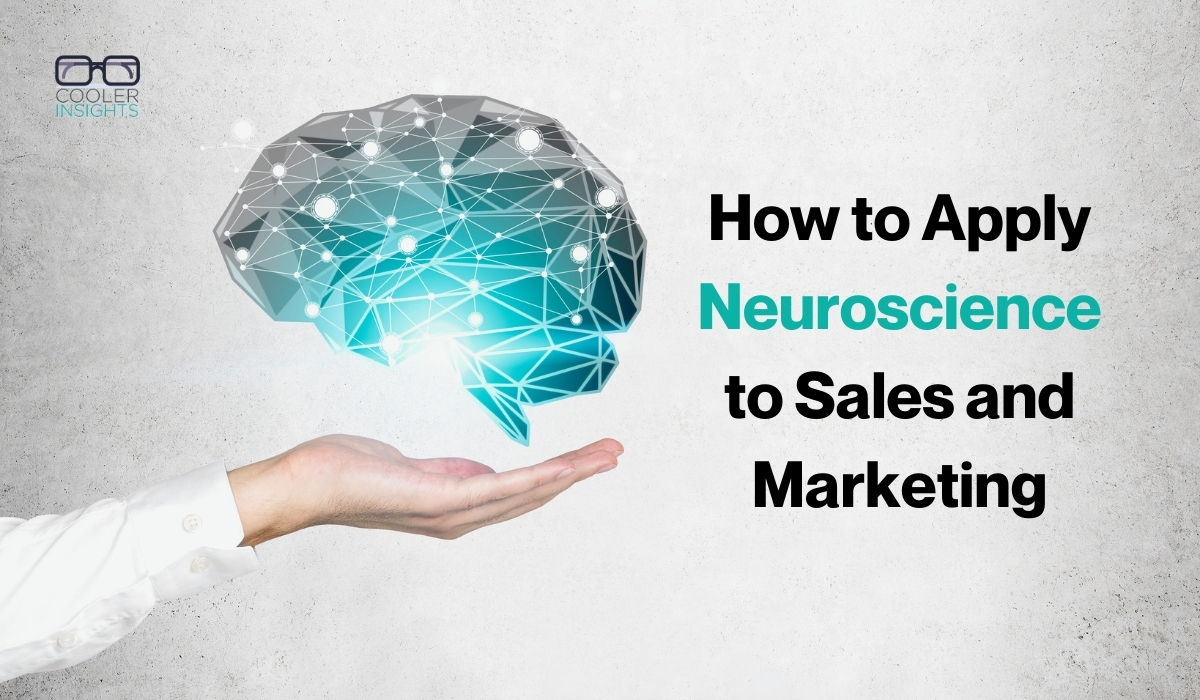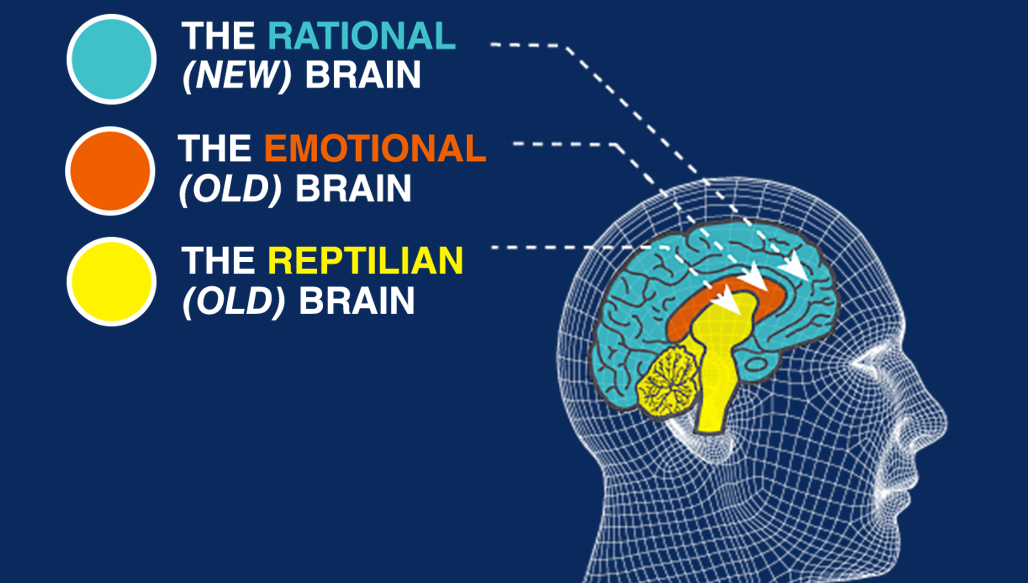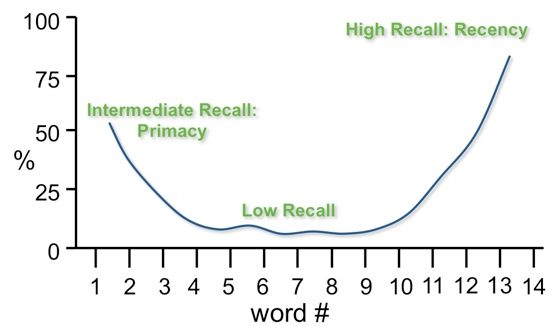
If you wish to sell more products on any channel, you need to tap into your buyer’s brain.
And the best way to do so? Employ the techniques used in neuroscience.
Thanks to the book The Neuroscience of Selling: Proven Sales Secrets to Win Over the Buyer’s Heart and Mind written by John Asher, I’ve learned a couple of useful tricks and tips to nudge your prospects to become customers.
In this article, you will learn the six most important stimuli to trigger buying in your prospect’s “old brain” as well as various cognitive biases that you can work with to improve your sales and marketing efforts.
These strategies work across both online and offline channels. However, they work best in face-to-face or one-to-one meetings or presentations — whether in-person or via Zoom!
How Your Customer’s Old Brain Works

Courtesy of Asher Strategies
First, let us look at what the old brain is, and what role it plays in decision making.
According to neuro scientists, the old brain (aka the primitive reptilian and mammalian brain) comprises parts of the brain such as the brain stem, medulla, pons, reticular formation, thalamus, cerebellum, amygdala, hypothalamus, and hippocampus.
Tasked with regulating basic survival functions, the old brain is responsible for your feelings, emotions, and — yes — buying decision.
“Buyers buy on emotion and justify with logic.”
When your competitor’s logical attributes (quality, price and service) are equal, your prospect will choose the seller with the strongest emotional connection.
The 6 Stimuli of the Old Brain
So how can you trigger the “purchase” button in your prospect’s old brain? Consider these six stimuli.
#1 Self-Focused (Me, Me, ME!)

Nobody cares how great your company is, or how revolutionary your products are.
Instead, what your prospect’s old brain really cares about are their specific needs, wants and desires.
What’s In It For Them (WIIFM)? How can you solve their problems? Or fulfill their dreams?
Thus, do not start by talking about your strengths. Rather, get your prospects to talk about themselves.
Research who they are (using LinkedIn). Use the word “you” frequently in your content.
And if they should speak, pay close attention to what they say.
#2 Simple and Easy to Understand
Hope to get a quick “Yes, we’ll take it!” from your prospect?
Keep It Simple, Stupid! (KISS)
Consider using odd numbers too, like:
- 3 reasons why your business needs this
- 5 ways in which this gadget will save you money
- 7 benefits of switching to our new equipment
Simple content is more easily absorbed and remembered by the old brain.
#3 Beginnings and Endings

Noticed how pastors and preachers always start with a vivid emotional story and end with one too?
They probably knew something — divinely inspired perhaps — that all of us don’t.
Also called the primacy and recency effect, you can make use of this phenomenon by ensuring that you always begin and end on an emotional high!
#4 Clear Distinction
To wake up the old brain of your prospect, you need to have a Unique Selling Proposition (USP) that is both distinctive and differentiated.
Compare the following:
- “We have been around for 15 years, and have served over 5,000 customers.”
- “All our engineers have worked in NASA or TESLA before.”
Which company would be more impactful in their presentation?
#5 Vivid Imagery

A picture paints a thousand words. A video? Maybe 10,000.
To get your prospect’s old brain to “launch”, you’ll need to use pictures and videos that tell a story.
Often, your images are the ones that stick in your prospect’s minds, not your words.
Hence, make sure you use lots of pictures and videos in your proposals, presentations and website.
#6 Emotionally Engaged
Wish to get your prospect’s old brain to truly pay attention? Tell them a story!
Storytelling have been proven to be one of the best ways to turn prospects into customers.
Here are some pointers to make your story engaging to your prospects:
- Put your buyer (or a character equivalent to him or her) in the story
- Make it one of your current customers
- Have a clear message — a moral of the story
- Include details to show that its real. For example, a photo of yourself with your customer
- State the marketing or financial ROI that your customer achieved
A good way to use these stories are in testimonials. Like this one.
17 Cognitive Biases of the Old Brain
Beyond the six stimuli, Asher’s book also highlighted how we should respond to the cognitive biases of the old brain.
As I’ve previously mentioned, cognitive biases are neurological “short-cuts” that the brain takes in order to save energy.
In this section, I’ve included a list of cognitive biases as well as suggestions (both from the book and my own) that you can apply.
#1 Availability Bias
Many of us rely on what we can immediately recall when we make decision. That includes your potential customer!
Rather than examine all options, she will decide based on what pops into her mind.
To circumvent this, ensure that you supply the right information in advance. And make sure that you repeat your points too!
#2 Anchor Bias

First impressions last. This is due to the anchoring effect, whereby we’d measure everything that comes up later against what we encounter first.
Once that impression is formed, it’ll be really difficult to shake your prospect’s old brain with subsequent information.
To overcome this, see if you can be the first in queue when it comes to presenting. Do also think about your first email, phone calls, instant messages, or social media posts. Ensure that they leave a lasting and positive impact!
#3 False Consensus Bias
Many of us tend to over-estimate the value of our opinions, beliefs, preferences, and habits.
We assume that everybody is just like us, when they may not be.
To prevent this, ensure that you research your potential customer thoroughly prior to the pitch. Do also speak to others who may be able to supply you with information about the customer.
#4 Likability Bias

Yes, your prospect’s old brain is likely to be biased towards people whom she likes. This applies to BOTH B2C and B2B customers!
A good way to trigger the likability bias is to compliment and praise your prospect — way before the sale if possible.
Also, smile more, be thoughtful and respectful, and yes, inject lots of enthusiasm in your communication.
Of course, it has to be sincere and not perceived to mere flattery.
#5 Familiarity Bias
Contrary to popular belief, familiarity doesn’t breed contempt. Instead, it breeds confidence!
To overcome this, you’ll need to have sufficient frequency and repetition of your content. In fact, studies have shown that it takes up to 12 touches to make the sales to a qualified lead in B2B sales!
Hence, don’t give up too soon! And make sure you have constant follow up with your prospect after the pitch.
#6 Reciprocity Bias

It is more blessed to give than to receive. Well, when you give to your prospect a gift, he is much more likely to reciprocate that favour.
In fact, reciprocity is likely to be a stronger motivator than likeability!
Thus, do offer something a little extra, especially helpful valuable content that your prospect can immediately use.
#7 Similarity Bias

Wish to get your prospect to trust you more? Try to dress like him or her!
Or you can find a way to connect — educational background, home town, sports, hobbies, family, religion — anything that helps you to strike a chord.
OK, if that’s not possible (especially online), use photos or videos of people that look similar to them.
Doing so will help your potential customer to more likely buy from you.
#8 Safety (Status Quo) Bias
Heard of the saying “Nobody ever got fired for buying an IBM?”
That is an example of the safety bias.
Indeed, the old brain much prefers the default position, because switching may involve taking risks and potential pain.
Hence, you should try to minimize the switching costs when you present a solution. Show how easy it is. Make it convenient and fuss-free.
Do also illustrate that the improvement is significant — at least 15% or more.
#9 Single Option Aversion Bias
According to a study quoted by Asher, offering two options versus one option can improve your closing rates by a staggering 640 percent!
That’s more than a 6 X difference!
Thus, you should ensure that there are various packages available for your buyer to consider.
#10 Choice Paradox Bias

Now wait a minute. Does that mean that you should offer an endless smorgasbord to your prospect?
Absolutely not. On the contrary, giving your audience too many choices may confuse and befuddle them.
The solution? Keep to just a few options. Three would be the maximum.
#11 Trust Bias
People do not buy from strangers. More likely than ever, they’d treat you like a friend before doing business with you — even if you hardly know each other.
To build trust with your prospect, seek to be transparent in your communication. Let them know what a day-in-your-life is like, how your products or services are made, as well as who the members of your team are.
The more open you are, the more you’ll be perceived to be trustworthy by their suspicious old brain.
#12 Commitment Bias

Are you able to get your prospect to take an action? This can be a small and tiny one — like writing down what their greatest problem related to your product is.
Doing so helps to elicit commitment.
Commitment can also be done by getting potential customers to fill up a simple survey or form prior to the meeting. This simple act alone helps to strengthen the likelihood that they’ll buy from you later.
#13 Consistency Bias
Once the old brain made a decision, it doesn’t like to retract — especially when this commitment is made in public.
Thus, it is important for us to be consistent with what we’ve committed to in order to build trust.
Similarly, consider how you can remind a prospect on what she communicated the last time you met. Doing so helps you to seal the deal if your offer can solve that specific point raised.
#14 Rationale Bias

Remember when you read about the role of logic and emotions in the buying decision?
While emotions help to spur the buying impulse, the logical reason is the one that signs the contract.
To ignite this, reiterate the reasons for your prospect to buy from you. Get them to nod!
#15 Bandwagon Bias
“I want what she is having.”
Heard of this saying before? As social creatures, we are always comparing ourselves to others.
Tapping on this predilection of humans to mirror others, you can highlight other clients (like your prospect) who have used your product and service to great success.
Talking about numbers may also help — see our website’s home page for an example of this.
#16 Scarcity Bias

Wonder why so many shops have the word “Sale!” on them all year long?
The answer: Scarcity Bias.
Sadly, many businesses have abused this and provided false scarcity (ie Boy Who Cry Wolf).
To ensure that the scarcity is real, show actual numbers of clients on board, or show the limits of your production line. This could prompt your prospect to take immediate action.
#17 Confirmation Bias
Confirmation bias is our tendency to search for, interpret, favour, or recall information that confirms or supports our existing beliefs.
It is a form of selective reasoning on the part of our old brain.
To overcome this, ensure that you project the right image and make an impact from the start. Also, see if you can do prior research to find out what your prospect likes.
First impressions last, and once your prospect have made up his mind, it would be difficult to change it.
Conclusion
As an avid fan of marketing psychology and neuromarketing, I’ve always been fascinated by how the brain works.
Thanks to the book, I’ve gleaned quite a fair amount of insights and have decided to share them with you.
Have you applied any of these neuroscience principles in your sales and marketing? Drop me a line to let me know if you do!

This comprehensive article provides valuable insights into leveraging neuroscience principles to enhance sales and marketing strategies. It highlights practical techniques to tap into the buyer’s old brain, emphasizing the importance of emotional connections and cognitive biases. A must-read for marketers seeking to optimize their approach and drive conversion.
Thank you for your incredible article .It has been an absolute game-changer for my tourism business. Now, I not only grasp the psychology behind customer behavior but also identify their pain points with clarity.
Nice article